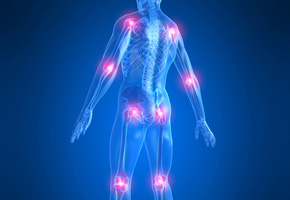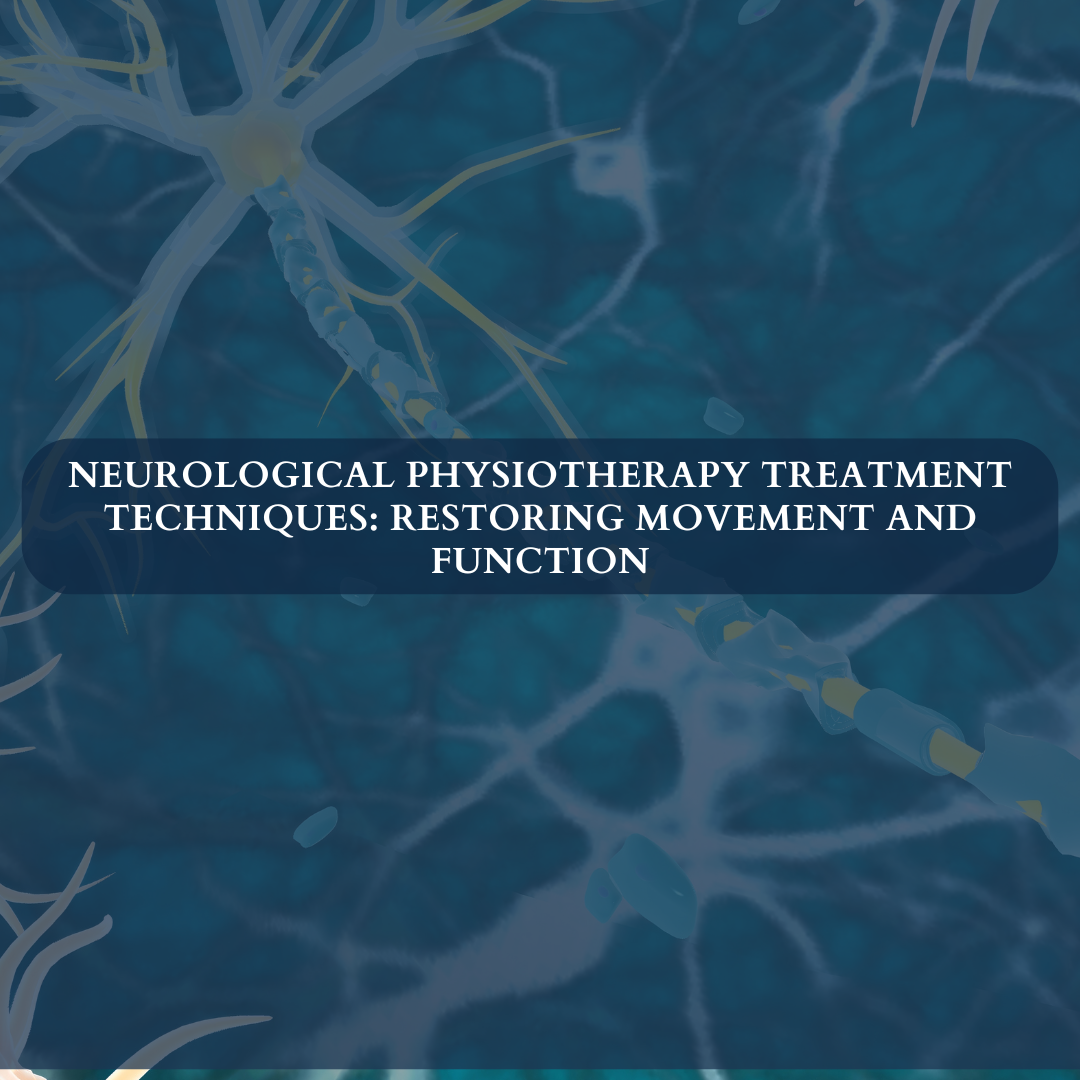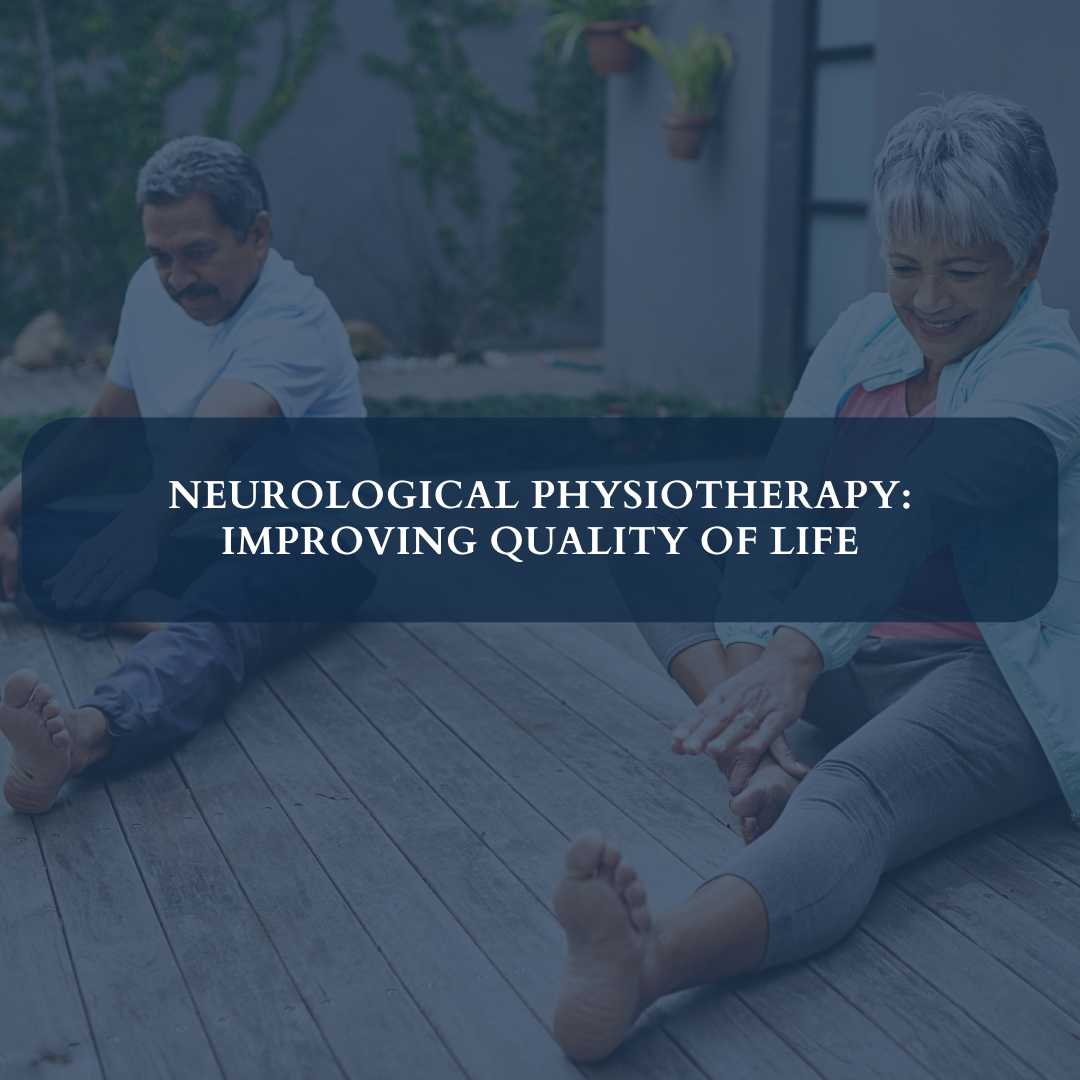A stroke, characterized by a sudden interruption in the blood supply to the brain, can lead to significant physical and neurological impairments. Rehabilitation is crucial for stroke survivors to regain their independence and improve their quality of life. Among the various rehabilitation strategies, neuro physiotherapy plays a pivotal role in stroke recovery. This article delves into the essential role of neuro physiotherapy in stroke rehabilitation, exploring its principles, techniques, and benefits.
What is Neuro Physiotherapy?
Neuro physiotherapy, also known as neurological physiotherapy, is a specialized branch of physiotherapy that focuses on treating neurological conditions, including stroke. It involves the assessment, diagnosis, and treatment of movement disorders resulting from neurological damage. The primary aim is to help individuals regain functional independence and improve their overall quality of life through targeted therapeutic interventions.
The Importance of Neuro Physiotherapy in Stroke Rehabilitation
1. Addressing Movement Impairments:
One of the most common effects of a stroke is impaired movement. Patients may experience weakness, spasticity, or loss of coordination on one side of the body. Neuro physiotherapy aims to address these movement impairments through various techniques, including:
- Strength Training: Exercises to build muscle strength and endurance, particularly in the affected limbs.
- Range of Motion Exercises: Activities designed to improve flexibility and joint mobility.
- Coordination Training: Exercises to enhance motor control and coordination.
2. Enhancing Functional Independence:
Stroke survivors often struggle with activities of daily living (ADLs) such as dressing, cooking, and walking. Neuro physiotherapy focuses on improving functional independence by:
- Functional Training: Practicing real-life tasks to enhance the ability to perform everyday activities.
- Assistive Devices: Training patients to use devices like walkers or adaptive tools to aid in mobility and self-care.
3. Promoting Neuroplasticity:
Neuroplasticity refers to the brain’s ability to reorganize itself by forming new neural connections. Neuro physiotherapy encourages neuroplasticity through:
- Task-Specific Training: Repetitive practice of specific tasks to promote brain reorganization and motor learning.
- Constraint-Induced Movement Therapy (CIMT): A technique that involves restraining the unaffected limb to encourage the use of the affected limb.
4. Managing Spasticity and Muscle Tone:
Spasticity, characterized by abnormal muscle tone and stiffness, is a common issue following a stroke. Neuro physiotherapy helps manage spasticity through:
- Stretching and Mobilization: Techniques to reduce muscle stiffness and improve flexibility.
- Functional Electrical Stimulation (FES): Using electrical impulses to stimulate muscles and reduce spasticity.
5. Improving Balance and Posture:
Stroke survivors often face challenges with balance and posture, increasing their risk of falls. Neuro physiotherapy addresses these issues by:
- Balance Training: Exercises to improve stability and coordination, reducing the risk of falls.
- Postural Training: Techniques to enhance proper alignment and body mechanics.
Key Techniques in Neuro Physiotherapy for Stroke Rehabilitation
1. Bobath Concept:
The Bobath Concept, developed by Drs. Berta and Karel Bobath, is a widely used approach in neuro physiotherapy. It focuses on normalizing movement patterns and facilitating the use of the affected side through:
- Handling Techniques: Using specific movements and positions to promote normal motor patterns.
- Facilitation and Inhibition: Techniques to encourage desired movements and inhibit abnormal patterns.
2. Proprioceptive Neuromuscular Facilitation (PNF):
PNF is a technique that uses patterns of movement and stretching to enhance motor control and coordination. Key components include:
- Diagonal Patterns: Exercises that mimic natural movement patterns to improve functional skills.
- Rhythmic Stabilization: Techniques to enhance stability and control.
3. Mirror Therapy:
Mirror therapy involves using a mirror to provide visual feedback of the unaffected limb, helping to stimulate and rehabilitate the affected limb. This technique can:
- Enhance Motor Function: By creating a visual illusion of movement in the affected limb.
- Reduce Pain and Spasticity: By improving sensory and motor function.
4. Task-Oriented Training:
Task-oriented training focuses on practicing specific activities relevant to the patient’s daily life. This approach:
- Improves Functional Skills: By targeting activities that the patient needs to perform.
- Promotes Generalization: Ensures that improvements in therapy translate to real-life situations.
The Benefits of Neuro Physiotherapy in Stroke Rehabilitation
1. Enhanced Recovery Outcomes:
Neuro physiotherapy has been shown to significantly improve recovery outcomes for stroke survivors. By addressing motor impairments, enhancing functional independence, and promoting neuroplasticity, patients can achieve better overall functional gains.
2. Increased Quality of Life:
By improving the ability to perform daily activities and reducing physical impairments, neuro physiotherapy contributes to a higher quality of life. Patients experience greater independence, reduced dependence on caregivers, and improved emotional well-being.
3. Customized Treatment Plans:
Neuro physiotherapy offers personalized treatment plans tailored to each patient’s specific needs and goals. This individualized approach ensures that interventions are relevant and effective, leading to more successful rehabilitation.
4. Support for Long-Term Maintenance:
Neuro physiotherapy also provides strategies for long-term maintenance and prevention of future issues. Patients are educated on self-management techniques, home exercises, and lifestyle modifications to support ongoing health and well-being.
Conclusion
Neuro physiotherapy plays a crucial role in stroke rehabilitation by addressing movement impairments, enhancing functional independence, promoting neuroplasticity, and managing spasticity. Through various techniques and personalized treatment plans, neuro physiotherapy helps stroke survivors regain their independence, improve their quality of life, and achieve better overall recovery outcomes. As stroke rehabilitation continues to evolve, neuro physiotherapy remains a cornerstone of effective and comprehensive stroke care.





